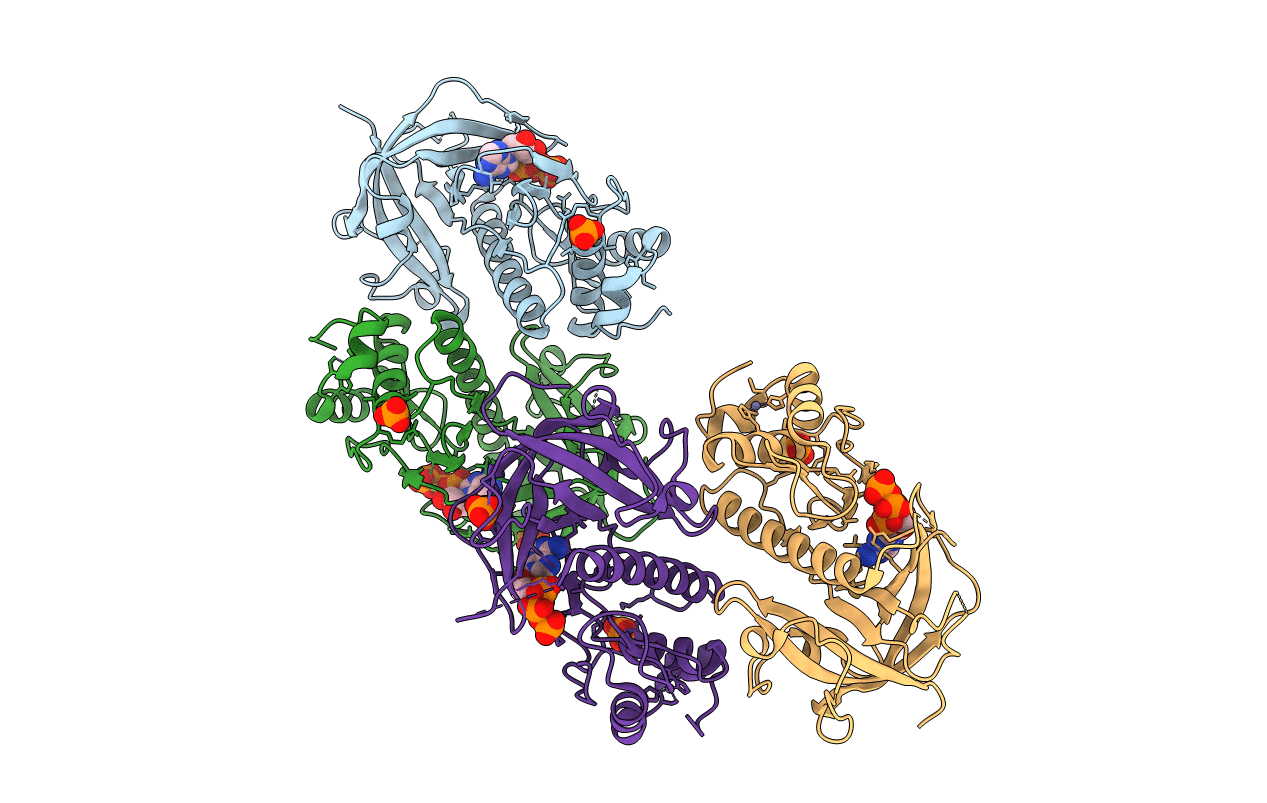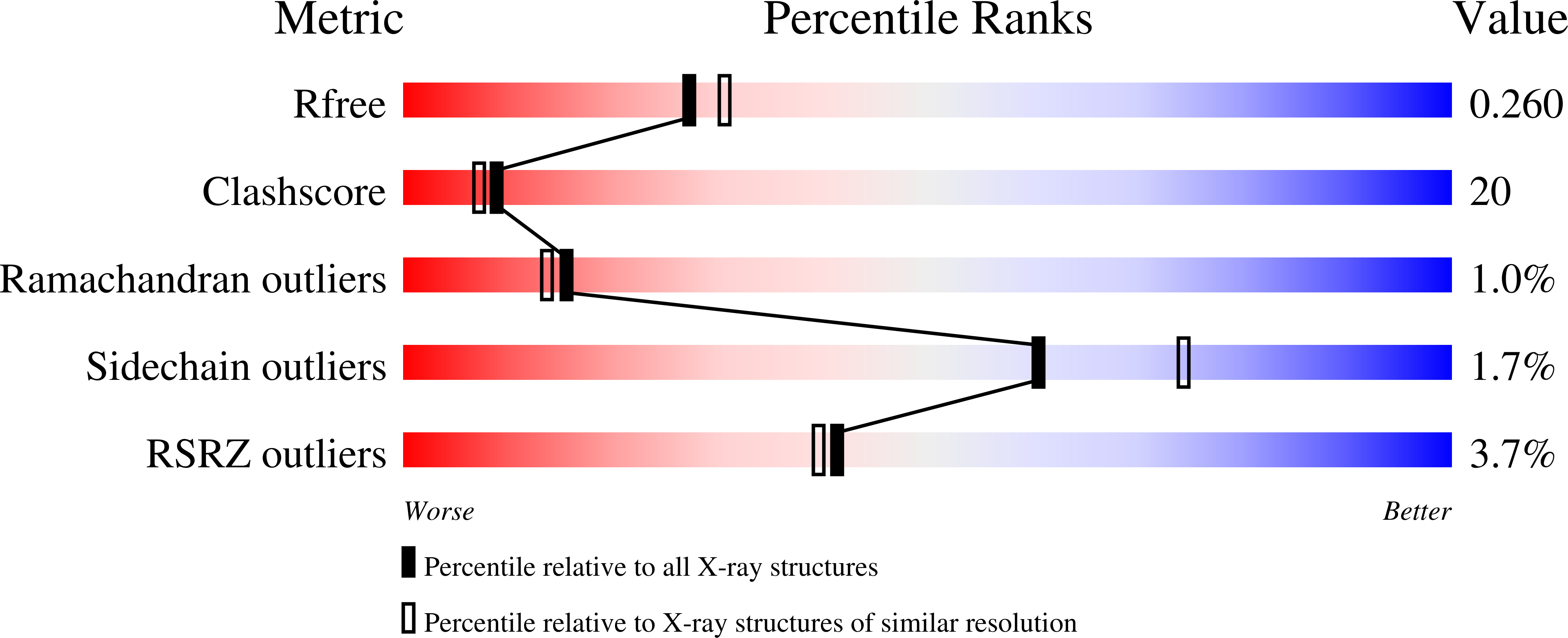
Deposition Date
2010-01-30
Release Date
2010-03-16
Last Version Date
2023-09-06
Entry Detail
PDB ID:
3LMI
Keywords:
Title:
Crystal Structure of the Inactive Alpha-kinase Domain of Myosin Heavy Chain Kinase A (D766A) complex with ATP
Biological Source:
Source Organism:
Dictyostelium discoideum (Taxon ID: 44689)
Host Organism:
Method Details:
Experimental Method:
Resolution:
2.20 Å
R-Value Free:
0.26
R-Value Work:
0.19
R-Value Observed:
0.20
Space Group:
P 41


